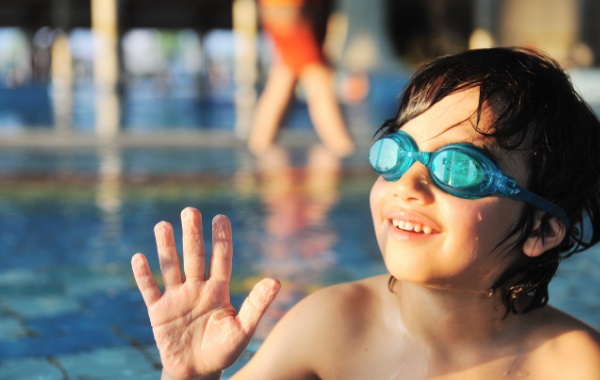
On a hot, summer day, nothing sounds better than hopping in a cool pool, lake, river, or ocean.However, if you have kids age 14 or under, time by or in the water might cause you a bit of anxiety or fear.We have all heard about different cases of a child drowning on the news or social media.
It’s a scary thing, but we can help prevent it.Laryngeal spasm, or spasm of the vocal cords, occurs by water entering the airways.In most drowning cases, the spasm relaxes and water enters the lungs.
This is known as wet drowning.In a much lower number of drowning cases, the spasm does not relax and no water enters.This is known as dry drowning.
Dry drowning occurs when the vocal cords get irritated enough from taking in water through the nose or mouth that they spasm and close.According to Dr.Amy Groen, DO, of UnityPoint Health in Iowa, “Dry drowning is not an actual medical condition.
It is a term that has been used and sensationalized by the media to describe when lungs of drowning victims contain no water.The reason for this is because the body forcefully closes the airways.This can happen when water is attempting to enter the lungs.” But, have you heard of secondary drowning? I hadn’t before I researched for this article! Dry drowning and secondary drowning are non-medical terms used to refer to delayed symptoms experienced after submersion in water.
“These terms (medically known as submersion injuries) are often used interchangeably—even by some experts—but they’re actually different conditions,” says Mark R.Zonfrillo, M.D.at the Children’s Hospital of Philadelphia.
According to this article on Parents.com, in secondary drowning, a little bit of water gets into the lungs and causes inflammation or swelling that makes it difficult or impossible for the body to transfer oxygen to carbon dioxide and vice versa.Dry drowning usually happens soon after exiting the water, but with secondary drowning, there can be a delay of up to 24 hours before the person shows signs of distress.Submersion injuries are rare, but if you’re going to be spending time in the pool, lake, river, or ocean, it’s smart to be aware of the warning signs and symptoms: Difficulty breathing Repetitive coughing Chest pain Vomiting Irritability Sudden fatigue or drop in energy level How can you prevent any sort of drowning? Provide your child with swimming lessons.
Enforce water safety through supervision at all times.Encourage the use of flotation devices.Swimming is a great summer activity and it’s important to be aware of your child’s behavior, both during and after being in the water.
Stay smart and diligent with this knowledge to prevent any type of drowning so you and your children can have a safe and enjoyable summer!
Sources: https://www.unitypoint.org/livewell/article.aspx?id=1c6da070-2e13-4bac-bcf0-ea452a71a77c&Dispelling+Myths+about+Dry+Drowning
https://www.parents.com/kids/safety/outdoor/dry-drowning/
Share this:FacebookTwitterLinkedInMoreEmailPrintLike this:
Publisher: Central Insurance Companies








